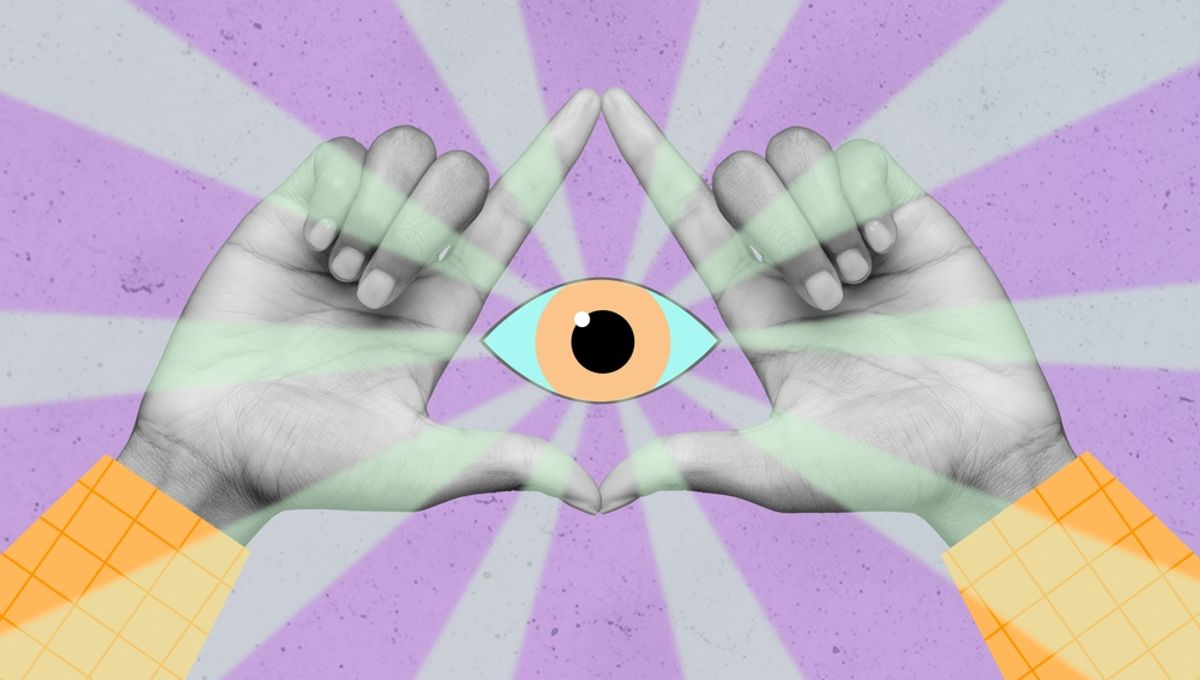
Mix a tiger and lion and you get a liger, cross a polar bear and a grizzly and you have a pizzly, but what happens if you mush up some hallucinogenic toad slime with a bunch of magic mushrooms? According to psychonaut lore, this mind-mangling mix produces a hybrid psychedelic drug called psilomethoxin, and while there’s no evidence to suggest this is the case, a new religion called the Church of Psilomethoxin has started using the combination to produce what it calls its “sacrament”.
Established in 2021, the group has quickly gained a following online, despite the fact that no one knows if their sacred concoction actually contains anything original. However, after receiving a sample of the drug from an anonymous church member, researchers have now analyzed the material for signs of psilomethoxin.
Reporting their findings in a study that is yet to be peer-reviewed, the authors explain that the Church of Psilomethoxin claims to produce a novel psychedelic drug by mixing the hallucinogenic compound 5-MeO-DMT – which occurs naturally in the poisonous secretions of the Sonoran Desert toad – with the substrate of cultivated magic mushrooms. “This compound, referred to as psilomethoxin, is purported to have unique properties and effects compared to traditional psychedelics,” they write.
Supposedly, inspiration for this technique came from the famous chemist Alexander “Sasha” Shulgin, who is credited with synthesizing hundreds of psychedelic compounds. In 2005, Shulgin suggested that crossing these two drugs might produce a hybrid molecule, and the Church of Psilomethoxin claims to have created its sacrament using this method in late 2021.
However, the authors of the new preprint study are dubious, since “the proposed method for producing psilomethoxin within the mushrooms challenges the established understanding of psilocybin biosynthesis.” After testing their sample using ultra-performance liquid chromatography with high-resolution mass spectrometry (UPLC-HRMS), the researchers found “no evidence to suggest that the compound psilomethoxin is present in samples of material that the church is offering to their members online.”
“Instead, the sample mainly consists of known tryptamines and other natural products expected to be present in dried Psilocybe mushrooms, specifically psilocybin and psilocin, with a trace amount of baeocystin,” they write.
On its website, the Church of Psilomethoxin describes the effects of the drug as “the perfect blend between psilocybin and 5-MEO-DMT,” although the study authors say that the so-called sacrament is basically just a low dose of magic mushrooms and that any unique psychedelic properties are probably due to the placebo effect. “The lack of evidence of novel compounds in the sample coupled with the implausibility of the proposed biosynthetic pathway suggests that the Church of Psilomethoxin is engaging in misleading marketing practices and may be misrepresenting the material that they are distributing,” they conclude.
In response, the church says it “has never, at any time, laid claim to the fact that Psilomethoxin has ever been positively identified in its sacrament. Why? Because at this juncture, it is scientifically impossible to make such claims as there is no reference sample in existence.”
Indeed, the compound is only known to have been synthesized on one occasion, when chemists from the Pasteur Institute in France manufactured the molecule from vanilla orchids in 1965. However, their product was not preserved or added to any reference library, which means it’s difficult to test for the existence of psilomethoxin.
To be fair to the Church, they do admit that their own chemical analyses have consistently failed to detect psilomethoxin in their sacrament. Despite this, they remain convinced that the novel psychedelic is in there somewhere.
“Our claims to the existence of Psilomethoxin, at this time, are solely based on faith, bolstered by our and our members’ own direct experiences with the Sacrament,” they say.
The preprint is available at ChemRxiv.
Source Link: Religion Claims To Have Created A New Psychedelic Drug As Its Sacrament